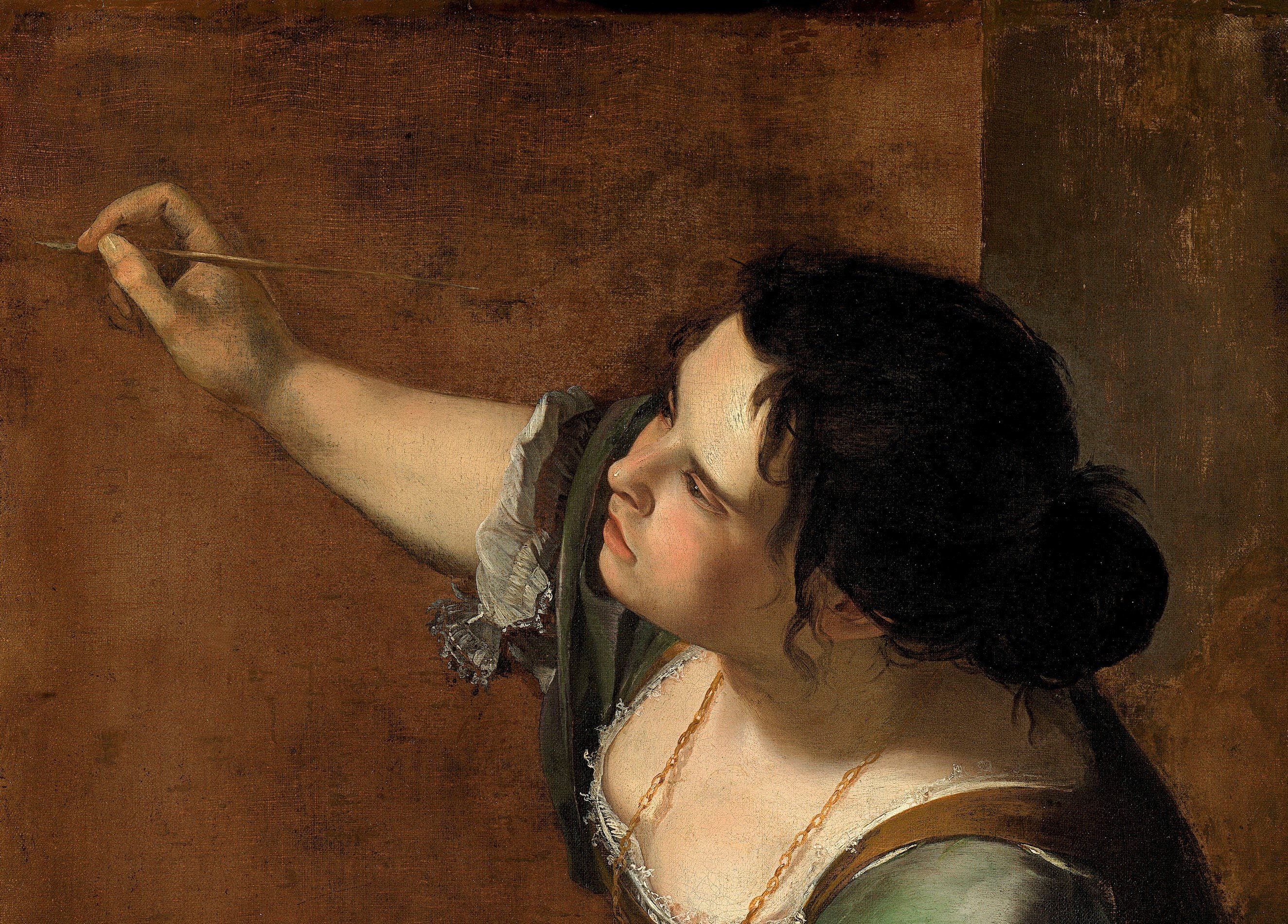
Women Artists
The lives and works of creative women
The Early Modern Period
During the Renaissance and Baroque eras there were two traditional paths to a career as an artist. One was through the apprenticeship system, where a fledgling painter or sculptor would join the studio of an established artist and spend several years developing their skills through working on their master’s commissions. The other was by studying at an academy. There were many reasons why these modes of education created barriers for young women, and indeed most academies were not open to female pupils. Several of the female artists included here, such as Artemisia Gentileschi, Elisabetta Sirani and Maria Sibylla Merian, were daughters of male artists, who trained directly with their fathers.
Though female artists in the sixteenth and seventeenth centuries were regarded as an exception to the rule, their careers were recognised by their male contemporaries. Sirani, for example, was praised very highly by art historian Carlo Cesare Malvasia in his 1678 book Felsina pittrice ('Lives of Bolognese painters'), while biographies of both Merian and Maria van Oosterwyck feature in Arnold Houbraken’s De groote schouburgh de Nederlantsche konstschilders en schilderessen ('The great theatre of Netherlandish male and female painters'), published in the early eighteenth century.







